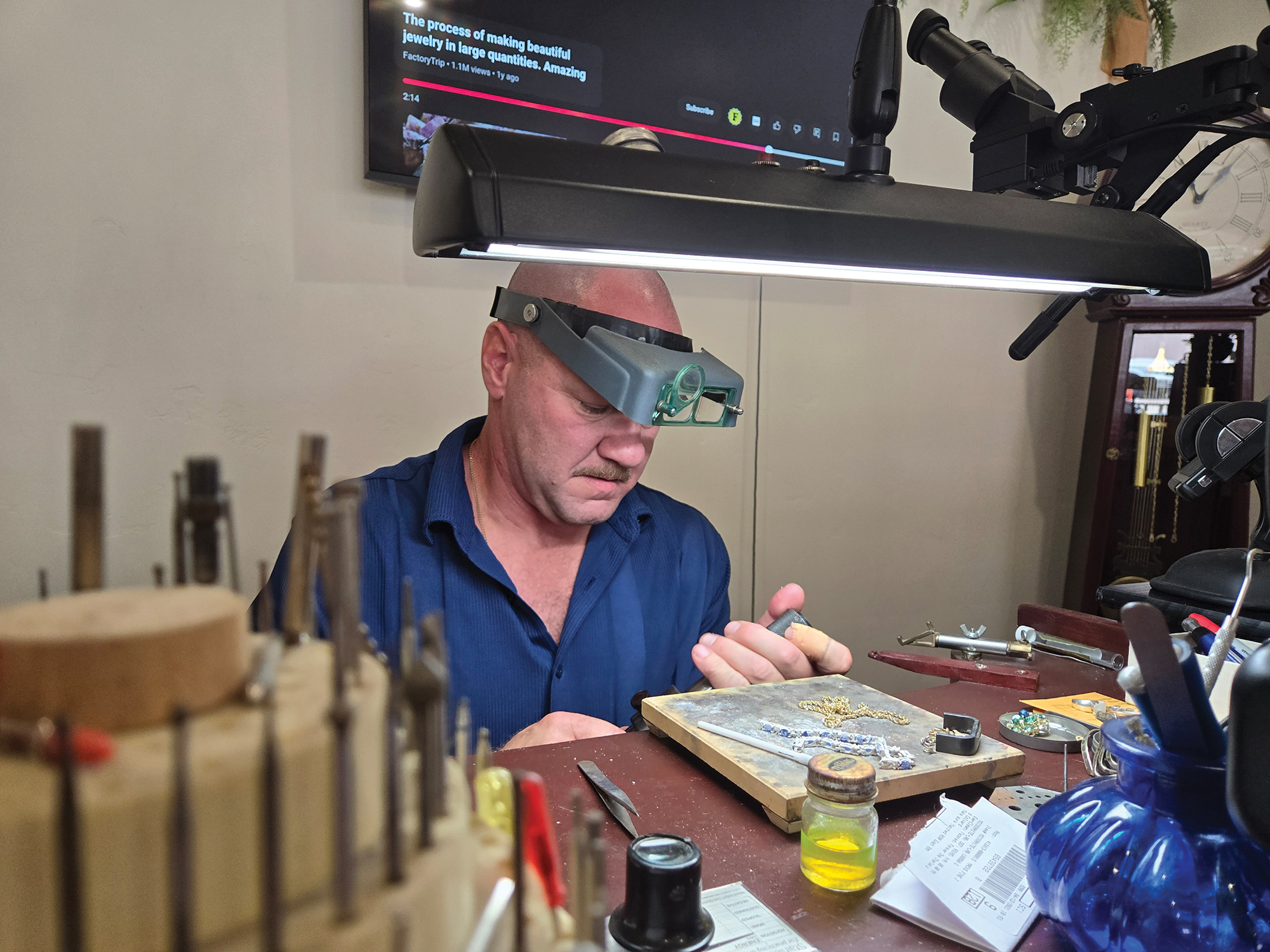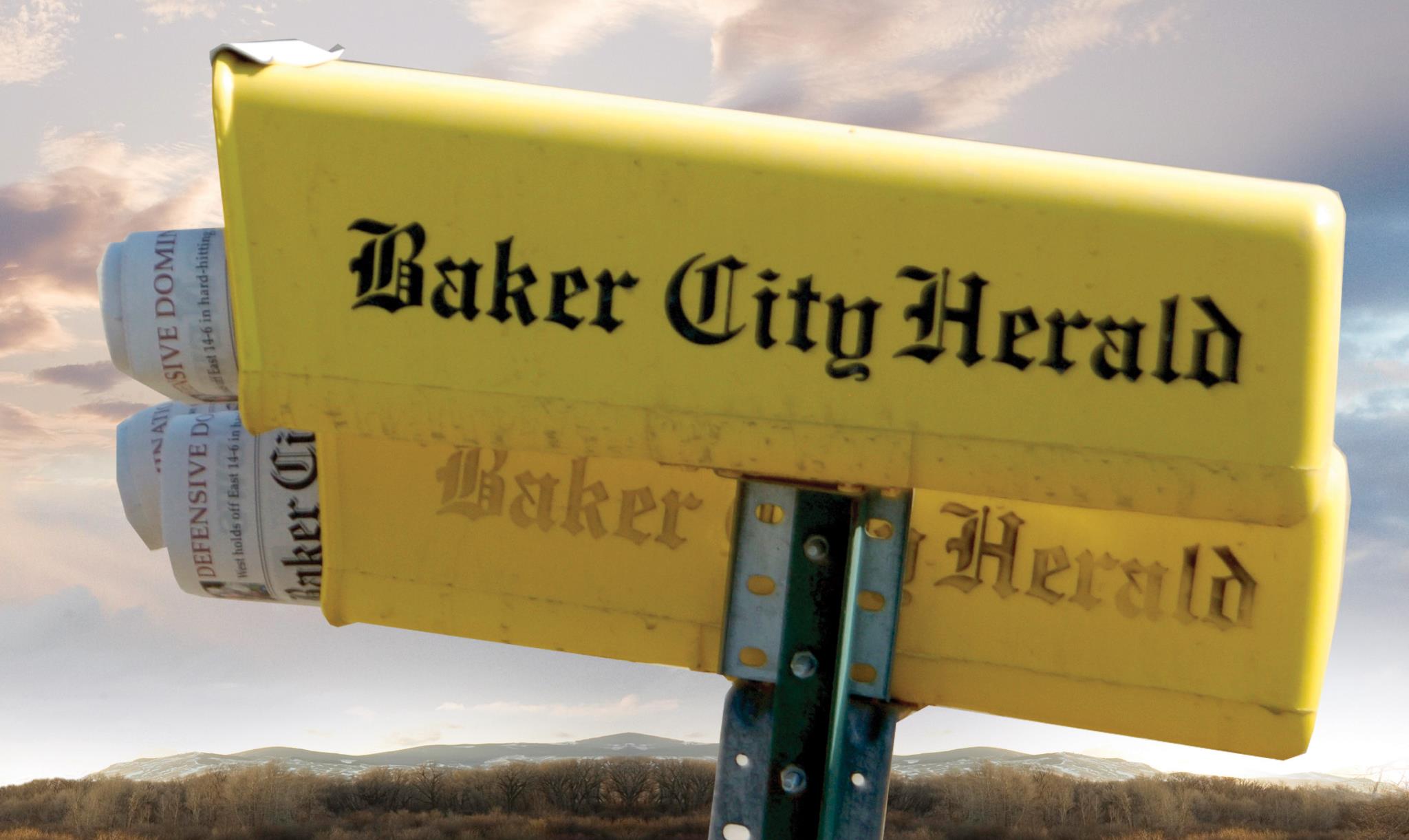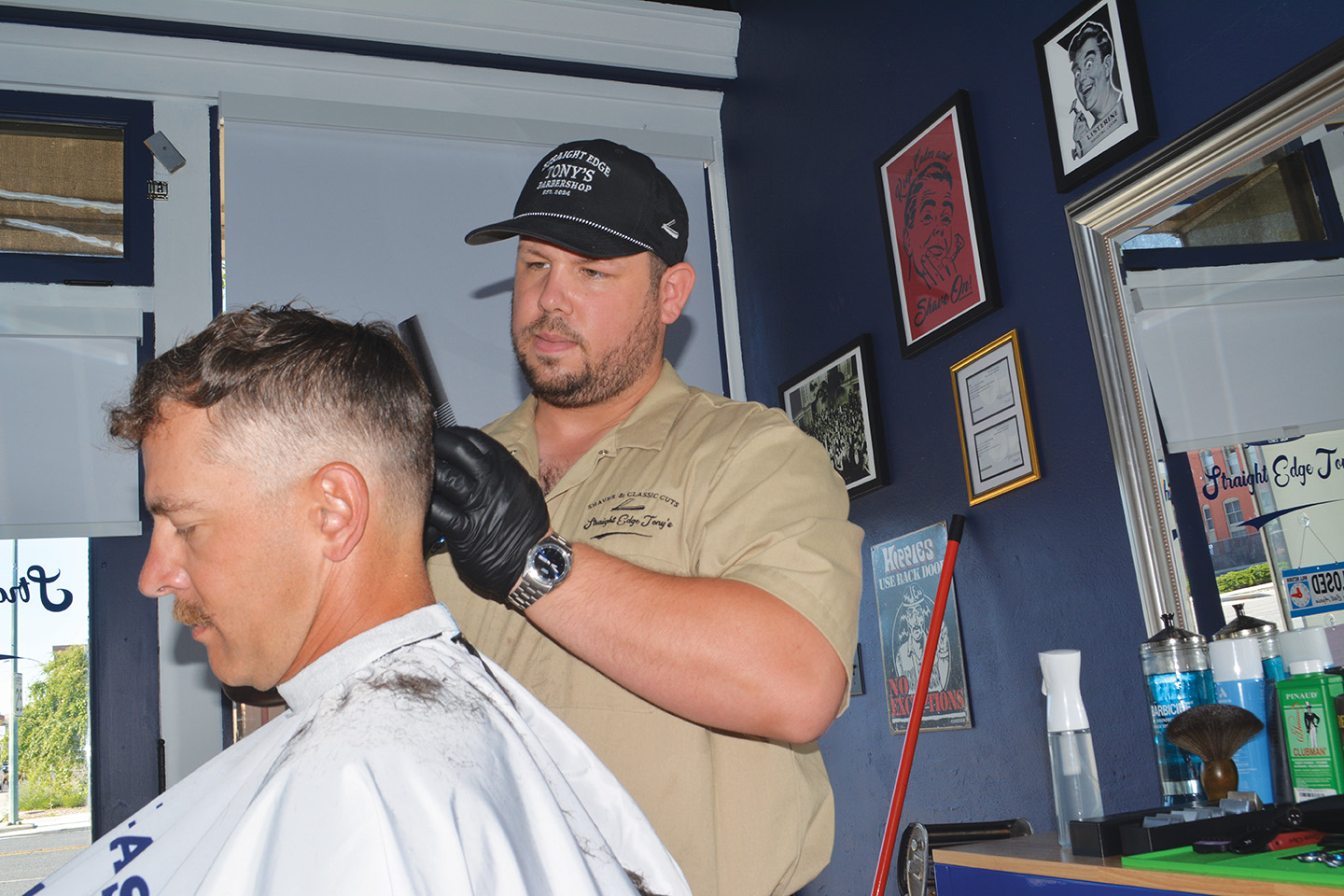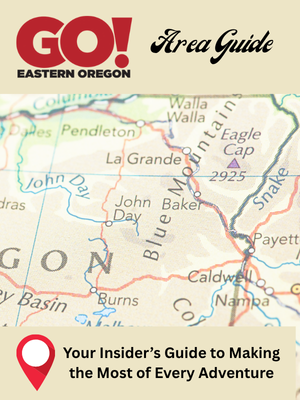COLUMN: Baker County briefly resembles Ireland, but the pastoral green is a cruel hoax
Published 12:16 pm Monday, April 14, 2025
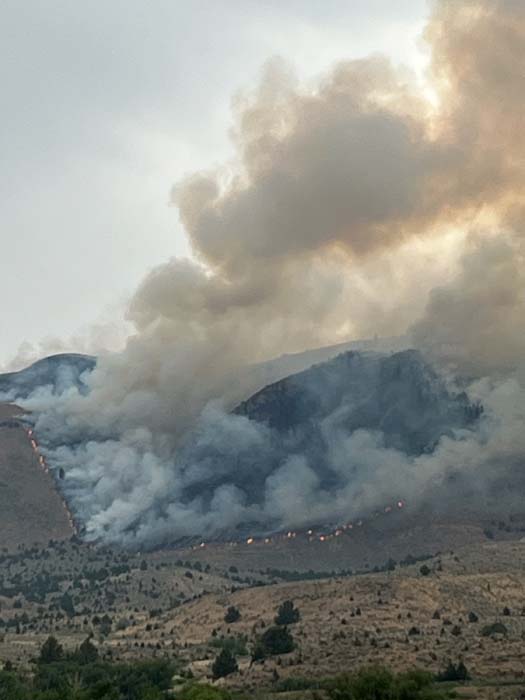
- A lightning-sparked wildfire burning south of Durkee on July 17, 2024.
Baker County isn’t likely to be mistaken for Ireland.
Too many Keystone Light cans, for one thing.
And too few Guinness bottles.
I’ll concede this comparison is based on the beer-related detritus I see on the fringes of roads through the county’s hinterlands, the forest and the sage.
And I don’t even count the cans and bottles with anything like the rigor required of serious statistical inquiry.
But the local preference for a cheap American light lager over an Irish stout seems to me at least as significant, in distinguishing Baker County from Ireland, as the scarcity of Gaelic signs, rich brogues and leprechauns.
(Although I suspect a few cans of Keystone Light, or a similar brew, were hoisted on April 13 in honor of Irishman Rory McIlroy as he won The Masters golf tournament.)
Baker County’s climate certainly bears little resemblance to Ireland’s.
We endure a temperature spread of considerable breadth, ranging from well below zero to above 100. Parts of the county, including Baker Valley, are nearly as dry as some deserts.
Ireland’s climate is benign by Baker’s standards. As an island, surrounded by the chilly waters of the North Atlantic and the Irish Sea, Ireland is distinguished by a mild and moist climate similar to that of the Oregon Coast.
Ireland’s official color, naturally, is green.
Baker County quite often looks gray or brown, particularly in the summer and fall when the lack of rain leaves the place desiccated.
But for a few moments recently, as I drove through the center of Baker County, I thought, however briefly and improbably, of Ireland.
(A pondering which, inevitably, provokes memories of both the clean scent of Irish Spring soap and the curious combination of chalkiness and sugary ecstasy that is a marshmallow in Lucky Charms cereal. Both products had television advertising campaigns that were ubiquitous during my childhood in the 1970s and early 1980s. I hope I never fail to feel a tiny thrill when my spoon, after plunging into a bowl, emerges from the milk with a green clover afloat.)
I was driving southeast on Interstate, en route to Ontario, on the afternoon of April 10.
It was a fine day — the warmest of the year, actually — and the Burnt River was swollen and murky with snowmelt. As I navigated the corners through the river’s canyon, between Durkee and Huntington, I noticed that the steep slopes on the south side of the freeway glinted a soft green in the bright sunshine.
When I made the same drive in late July the predominant, almost uniform, color was black.
The Durkee Fire, sparked by lightning on July 17, had swept for miles, propelled by summer winds.
Almost nine months later, the charred ground was no longer barren.
In places the ground seemed to me to have something of the pastoral qualities of an Irish farm — notwithstanding that the fences were made of steel posts and barbed wire rather than constructed of ancient stone.
I could almost imagine flocks of sheep cropping at the lush new growth.
I hadn’t the time to park and inspect the ground.
But a few days later I confirmed what I had suspected — and feared.
Larisa Bogardus, public affairs officer for the BLM’s Vale District, told me that much of this fresh crop of vegetation is cheatgrass.
That’s the invasive annual grass which for decades has been a scourge of the sagelands across much of the West.
Cheatgrass, because it germinates much earlier in the spring than native bunchgrasses such as Idaho fescue and bluebunch wheatgrass, tends to replace those species. Cheatgrass is especially insidious when native grasses have been weakened by fire or drought or some other disturbance. Much as a bully uses his physical advantage against weaker boys, cheatgrass capitalizes on fires by extending its dominance as it colonizes the scorched ground.
Worse still, cheatgrass cures quickly. By June most years, and sometimes even earlier, the grass has turned to tinder. Cheatgrass contributed to the rapid spread of the Durkee Fire and other blazes during the record-breaking 2024 fire season.
The situation isn’t wholly negative, fortunately.
Bogardus said some of the new grass is Sandberg bluegrass, a perennial native. It has shallower roots than other perennial bunchgrasses so it’s not as effective at stabilizing burned soils or providing forage for wildlife and cattle.
The BLM spread seed, both grass and shrubs, last fall in the area burned in the Huntington Fire, which spread from the town of Huntington to Farewell Bend State Park.
Cheatgrass grows there, too, but perhaps the seeding will at least temporarily curtail the cheatgrass’ seemingly inexorable spread.
Baker County’s resemblance to Ireland is not only brief, then, but it is, in the main, a cruel disguise.
The cheatgrass that has transformed the desolate hills holds not the promise of a revived landscape but rather than opposite.
Which is nothing to prompt a toast, whether the tipple is Keystone Light or Guinness.
Jayson Jacoby is the editor of the Baker City Herald. Contact him at 541-518-2088 or jayson.jacoby @bakercityherald.com.


